How to Master the Powerlifting Meet Flow Like a Pro
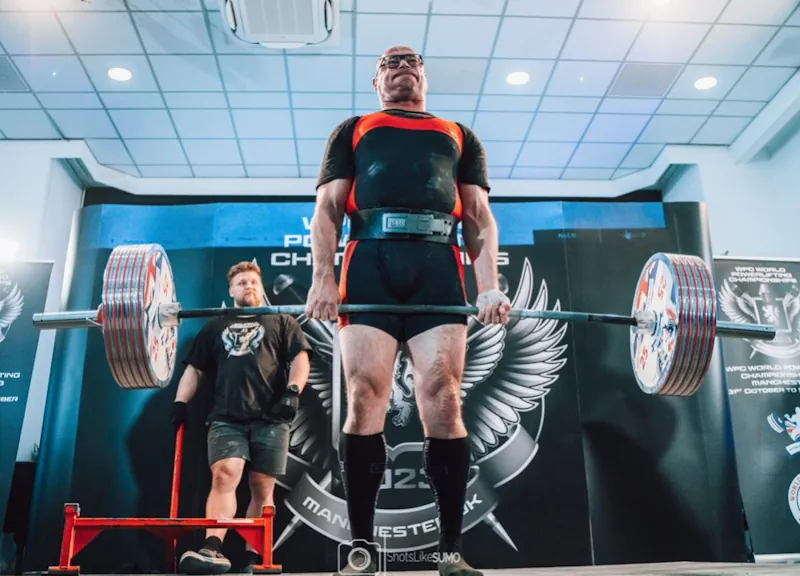
What's In This Article
- Key Highlights
- Introduction
- Getting Started in Powerlifting
- Preparing for the Meet Day
- The Step-by-Step Guide to Powerlifting Meets
- Advanced Techniques and Strategies
- Post-Meet Recovery and Analysis
- Conclusion
- Frequently Asked Questions
Key Highlights
- Powerlifting meets are strength competitions where athletes perform their heaviest single-rep squat, bench press, and deadlift.
- It is important to have the essential equipment, such as wrist wraps, knee sleeves, and proper lifting attire for your first powerlifting meet.
- Understanding the powerlifting meet rules and commands is crucial to ensure you compete within the meet conditions and federation rules.
- Preparing for the meet day involves developing a structured training plan and implementing proper nutrition and hydration strategies.
- The step-by-step guide to powerlifting meets includes registration and weigh-in process, warm-up and equipment check, and the flow of the meet - squat, bench press, and deadlift.
- Advanced techniques and strategies, such as attempt selection and leveraging game-day coaching, can help you succeed in powerlifting meets.
Introduction
Are you interested in testing your strength and performance in a competitive setting? Powerlifting meets provide the perfect opportunity to showcase your skills and compete against yourself. Whether you're a beginner or an experienced lifter, competing in a powerlifting meet can be a great experience. Mastering the event's flow can help you perform at your best and achieve your goals.
This blog will guide you through mastering the powerlifting meet flow like a pro. From understanding the essential equipment for your first meet to developing a structured training plan, we will cover everything you need to know to succeed in powerlifting meets.
So, if you're ready to take your powerlifting journey to the next level, compete in your first meet, or improve your performance in future meets, let's learn how to master the powerlifting meet flow.
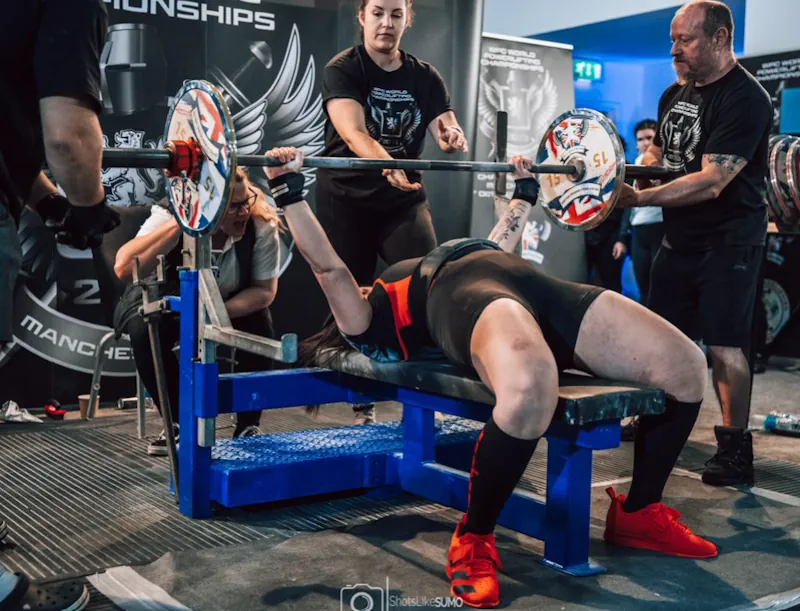
Getting Started in Powerlifting
Before we discuss the specifics of powerlifting meets, let's discuss getting started. If you're new to powerlifting, your first meet can be exciting and nerve-wracking. Familiarize yourself with the basics and find a powerlifting federation that suits your goals and preferences. Utilizing social media platforms and online forums dedicated to powerlifting can also be a great way to connect with others in the sport and gain valuable insights and advice.
Competitors are categorized by gender, weight, and age to ensure fair competition.
To participate in your first powerlifting meet, you must find a powerlifting federation that aligns with your goals and values. Powerlifting federations set the rules and regulations for competitions, so choosing a federation you feel comfortable competing under is important.
Essential Equipment for Your First Meet
When preparing for your first powerlifting meet, it's important to have the essential equipment to ensure safety and performance. Here are some key pieces of equipment you'll need for your first meet:
- Wrist wraps: Wrist wraps provide support and stability to your wrists during heavy lifts, reducing the risk of injury.
- Knee sleeves: Knee sleeves provide compression and support to your knees, helping to prevent knee pain and injury during squats and other lower body movements.
- Proper lifting attire: It's important to wear appropriate lifting attire that adheres to your powerlifting federation's rules and regulations. This typically includes a singlet, T-shirt, and knee-high socks.
In addition to this essential equipment, you may consider investing in a lifting belt, lifting shoes, and chalk. These additional accessories can provide added support and grip during your lifts.
Understanding Powerlifting Meet Rules and Commands
To excel in powerlifting competitions, a solid grasp of meet rules and commands is paramount. Each powerlifting federation has its specific set of regulations governing lifts, attire, and conduct during meets. Understanding these competition rules ensures fair play and a level playing field for all competitors. Commands dictate when to lift, complete the lift, and rack the weight, requiring precision and focus. Deviating from these commands can result in a failed attempt, impacting overall performance. Familiarize yourself with the rule book of the federation hosting the meet to avoid any surprises on competition day. Additionally, knowing the regulations around weight classes, equipment usage, and proper form is crucial for a seamless competition experience. Taking the time to internalize these rules enhances your preparation and performance, setting the stage for a successful powerlifting meet.
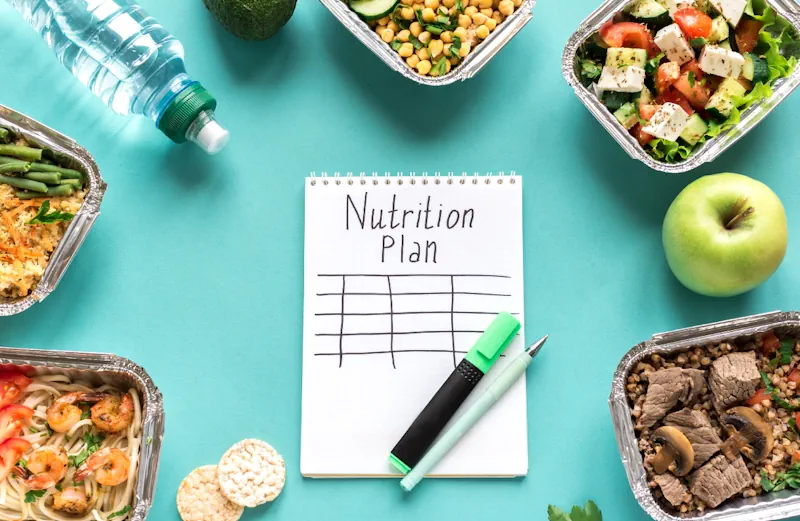
Preparing for the Meet Day
To excel on meet day in powerlifting, meticulous preparation is key. A structured training plan is essential, focusing on strength training and practice lifts to refine your technique. Ensure your nutrition and hydration are optimized for peak performance, balancing macronutrients and staying hydrated. Adequate rest leading up to the competition is crucial to ensure your body is primed for exertion. Developing a routine for warm-ups, including specific sets and reps to activate muscles and increase blood flow, will prepare your body for the hefty weights to come. Familiarize yourself with the meet conditions, from the venue setup to equipment requirements, to avoid any surprises on the day. By focusing on physical and mental preparation in the weeks leading up to the meet, you can step onto the platform with confidence and readiness.
Developing a Structured Training Plan
To excel in powerlifting, creating a meticulously structured training plan is paramount. Begin by determining your current strength levels and setting clear, achievable goals. Establish a periodized plan that includes strength training, accessory work, and sufficient rest periods for optimal recovery. Focus on compound movements like squats, bench presses, and deadlifts to build foundational strength. Incorporate progressive overload to challenge your muscles and stimulate growth continually.
Additionally, consider your specific weaknesses and tailor exercises to address them. Monitor your progress regularly and make adjustments as needed to ensure consistent improvement. Consistency is key in powerlifting training; stick to your plan and trust the process. Mastering the powerlifting meet flow starts with a well-structured and disciplined training regimen.
Nutrition and Hydration Strategies
Proper nutrition and hydration are vital components in your powerlifting journey. Ensuring you have an optimal intake of macronutrients like carbohydrates, proteins, and fats can significantly impact your performance on meet day. Carbs provide the necessary energy for your lifts, proteins aid in muscle recovery, and healthy fats support overall body functions. Hydration is equally crucial; staying well-hydrated helps maintain focus, regulate body temperature, and prevent muscle cramps. Consuming a balanced meal rich in these nutrients, including easily digestible foods, is recommended a few hours before your meet to fuel your body and maintain energy levels. Opt for easily digestible snacks during the competition and consistently hydrate by sipping water. Avoid heavy or unfamiliar foods to prevent any digestive discomfort. Remember, what you eat and drink can substantially affect your performance under pressure.

The Step-by-Step Guide to Powerlifting Meets
Step 1: Registration and Weigh-in Process
Upon arriving at the competition venue, proceed with registration and weigh-in. To avoid disqualification, ensure compliance with your specified weight class. Familiarize yourself with the meet conditions outlined by the powerlifting federation to streamline the process.
Step 2: Warm-Up and Equipment Check
Following weigh-in, engage in a structured warm-up routine tailored to your training program. For optimal performance, equip yourself with gear such as knee sleeves and wrist wraps. Validate all equipment to meet federation rules and perform efficiently during the lifts.
Step 3: The Flow of the Meet - Squat, Bench Press, Deadlift
Embrace the meet's sequential flow, starting with the squat, followed by the bench press, and culminating with the deadlift. Strategize your attempts wisely, progressing from lighter to heavier weights. For peak performance, keep a vigilant eye on timing and rest intervals.
Step 1: Registration and Weigh-in Process
Upon arriving at the competition venue for your powerlifting meet, the first crucial step is to complete the registration and weigh-in process. This typically involves presenting your identification, confirming your weight class, and verifying your registration details with the organizers. Ensuring that you are within your designated weight class is essential to avoid any last-minute adjustments or disqualifications. Additionally, it is important to have a plan for your opening attempt lifts, which should be something you can easily do three repetitions of.
The weigh-in process is a standard procedure in powerlifting competitions to ensure fair play among participants. It is advisable to arrive early to allow sufficient time for this process without feeling rushed or stressed. Once you have successfully registered and weighed in, you can focus on mentally preparing for the challenges ahead. This initial stage sets the tone for a smooth and organized start to your powerlifting meet experience.
Step 2: Warm-Up and Equipment Check
Once your registration and weigh-in are complete, it's time to focus on Step 2: the crucial warm-up and equipment check. This step is pivotal in priming your body for the demanding lifts ahead. Start by incorporating dynamic stretches and mobility drills to enhance blood flow and prepare your body for the heavy weights. Ensure that your wrist wraps, knee sleeves, or knee wraps are securely in place to provide the necessary support during your lifts.
Next, inspect your powerlifting gear meticulously to ensure it meets federation rules and regulations. Check your bench press shirt, singlet, and any other equipment required for the competition. Properly fitting gear keeps you safe and boosts your confidence on the platform. Take this opportunity to mentally prepare for the upcoming lifts and visualize successful attempts, setting the stage for a strong performance. Properly warming up and checking your equipment sets the foundation for a successful powerlifting meet.
Step 3: The Flow of the Meet - Squat, Bench Press, Deadlift
As you progress through the powerlifting meet, understanding the flow of each lift is crucial for optimal performance. The sequence typically involves the squat, bench press, and deadlift, all requiring specific techniques and challenges honed through the training process. Each lift is distinct in its technical requirements and challenges. The squat, often the first discipline, targets the lower body, primarily the quadriceps, hamstrings, and glutes. Moving to the bench press, the focus shifts to the upper body, engaging the chest, shoulders, and triceps. Finally, the deadlift works the entire body, emphasizing the lower back, glutes, and hamstrings. Proper pacing between these lifts is essential, considering factors like fatigue accumulation and energy conservation. Adhering to established timeframes for warm-ups and rest intervals ensures you're physically and mentally prepared for the demands of each lift. Mastering the transitions between these key movements can significantly impact your overall meet performance.
Step 4: Handling Nerves and Staying Focused
To excel in powerlifting competitions, mastering the mental aspect is crucial. Step 4 involves handling nerves and staying focused amidst the intensity of the meet. As you approach your final attempts, the pressure may escalate, affecting your performance and causing stage fright. Implementing strategies to calm your nerves, such as controlled breathing or visualizing successful lifts, can aid in maintaining composure. Additionally, focusing on the present moment rather than anticipating future lifts can prevent distraction and enhance concentration. Remember, mental fortitude is as vital as physical strength in navigating the challenges of competition day. By staying disciplined and composed, you can optimize your performance and showcase your hard work effectively. Embrace the adrenaline, but channel it into positive energy to deliver your best lifts when it matters most.
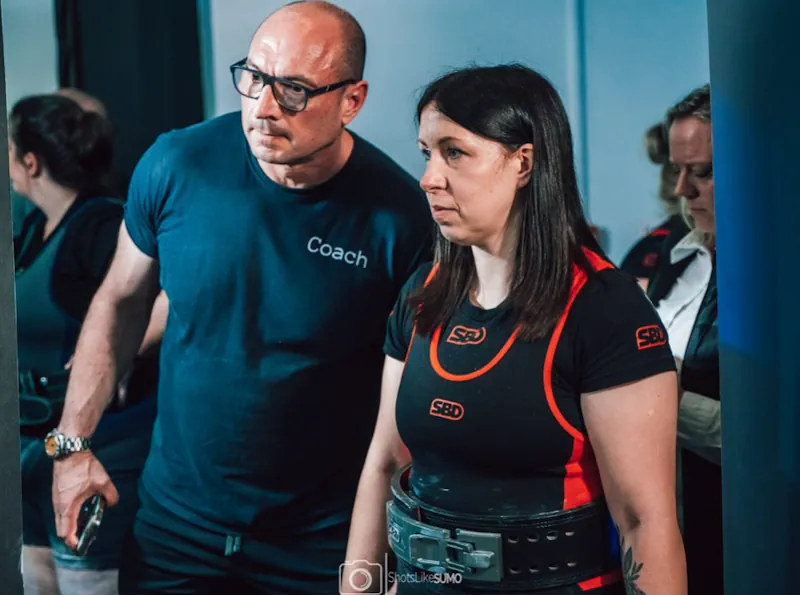
Advanced Techniques and Strategies
Mastering advanced techniques and strategies is crucial to excelling in powerlifting meets. One key aspect is the art of attempt selection, finely balancing pushing limits while ensuring successful lifts. Leveraging game-day coaching can also provide invaluable insights and motivation. Understanding how to adjust based on previous attempts and opponent performance is a strategic advantage. Analyzing competitors' trends can inform your decisions and enhance performance.
Incorporating these advanced tactics elevates your meet experience and results. Stay focused and adapt during the competition, maximizing your strength and skills. You can optimize performance and strive for personal bests by efficiently selecting attempts and utilising coaching support. Remember, powerlifting is not just about brute strength; it's a mental and strategic game that can significantly affect your success on competition day.
Mastering the Art of Attempt Selection
Making strategic decisions on attempt selection is pivotal to excelling in powerlifting meets. It involves a delicate balance between pushing your limits and ensuring successful lifts. Understanding your current strength levels and setting realistic goals for each lift is crucial. Prioritize your attempts based on your training progress and confidence in hitting certain numbers. Remember, each successful lift contributes to your total score. Analyze your performance during training sessions to gauge where you stand and adjust your attempts accordingly, including aggressive/conservative 2nd and 3rd attempts. Mastering the art of attempt selection, as outlined by author Christy Senay in her article "Things I Wish I Knew My First Powerlifting Meet," is essential for success in the sport.
Furthermore, pay close attention to factors such as fatigue levels, meet conditions, and your competitors' attempts. Be adaptive and willing to tweak your plan based on how your body responds on competition day. By mastering attempt selection, you can maximize your potential and achieve your best lifts when it matters most.
Leveraging Game Day Coaching
Effective game day coaching can be a game-changer in powerlifting meets. A knowledgeable coach can provide invaluable support, from strategizing attempt selections to offering mental cues for optimal performance. Their role extends beyond technical advice; they are your anchor amidst the nerves and intensity of competition. Leveraging game day coaching means trusting their guidance implicitly, allowing you to focus solely on executing your lifts with precision and confidence. A good coach will tailor their approach to your unique needs, understanding when to push you or provide reassurance. Their presence can elevate your performance, ensuring you maximize your capabilities on competition day and lift as much weight as possible. Embrace the support of your coach as they steer you towards success in the powerlifting arena, harnessing their expertise to enhance your overall meet experience. Trust in their experience and let them guide you towards achieving your best lifts.
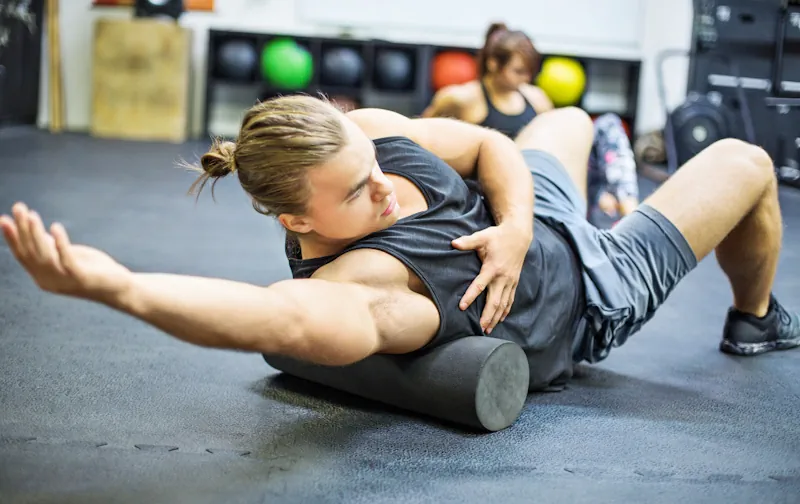
Post-Meet Recovery and Analysis
Effective post-meet recovery and analysis are crucial aspects of a powerlifter's journey. After pushing your body to its limits, proper cool-down and recovery practices are essential. This includes stretching, foam rolling, and adequate rest to aid muscle repair and prevent injury. Analyzing your performance post-meet is equally important. Review your lifts and identify strengths, weaknesses, and areas for improvement. Reflect on your competition day strategy, nutrition, and hydration to fine-tune your approach for the next meet. Setting new goals based on your analysis will help drive your progress in future training cycles. Remember, recovery and analysis are integral to the powerlifting process, ensuring you continue to grow and evolve as a competitive lifter in the sport.
Effective Cool Down and Recovery Practices
After the intense physical exertion of a powerlifting meet, effective cool down and recovery practices are crucial for ensuring optimal physical and mental recuperation. Engaging in light cardiovascular exercise, such as walking or cycling, helps to gradually lower your heart rate and promote blood flow to remove metabolic byproducts. Incorporating static stretching targeting major muscle groups can help reduce the risk of post-competition muscle tightness and injury. Hydrating adequately and refueling with a balanced meal rich in protein and carbohydrates within the first hour after competing is essential for replenishing energy stores and supporting muscle recovery.
Additionally, foam rollers or massage tools can be used to release muscle tension, and contrast baths—alternating between hot and cold water immersion—can further help reduce inflammation and promote recovery. Prioritizing quality sleep post-competition plays a pivotal role in the body's repair process. These recovery strategies will expedite physical healing and contribute to mental rejuvenation for future training sessions.
Analyzing Performance and Setting Future Goals
After completing a powerlifting meet, it's crucial to analyze your performance and set future goals for improvement. Reflect on your lifts, noting what went well and areas for development. Evaluate your attempt selections, considering what worked and where adjustments are needed. Assess your overall preparation, from training cycles to meet-day strategies, to identify strengths and weaknesses. Setting clear and specific goals is essential for progress. Define short-term objectives, like increasing lifts by specific weights, and long-term targets, such as qualifying for higher-level competitions. Use your analysis to create a structured plan that aligns with your aspirations. Remember, continual assessment and goal setting are key components of advancing in powerlifting. By honing in on areas for growth, you can refine your skills and elevate your performance over time.
Conclusion
In the realm of powerlifting meets, mastering the flow like a pro requires meticulous planning and execution. From understanding essential equipment to navigating meet rules and commands, each step is crucial. Developing a structured training plan, focusing on nutrition, and honing nerves are vital for success. Effective registration, warm-up, and maintaining focus throughout the squat, bench press, and deadlift are key elements during the meet day. Advanced strategies like attempt selection and game day coaching can elevate your performance. Post-meet recovery and analysis, including cool-down practices and goal setting, offer a comprehensive approach to powerlifting excellence.
Frequently Asked Questions
What if I fail an attempt?
Failing an attempt is common in powerlifting meets and does not mean the end of your competition. If you fail an attempt, staying calm and focused is important. Assess if the failure was due to technical issues, strength limitations, or a combination. Adjust your next attempt accordingly, ensuring proper form and technique. Remember, powerlifting is a learning process, and each attempt provides valuable feedback for future training and competitions.
How do I choose the right federation for me?
Choosing the right powerlifting federation involves considering factors such as federation rules, meet conditions, and competition venues. Research different federations, review their rules and regulations, and gather information about their meet conditions and competition venues. This will help you determine which federation aligns best with your goals and preferences.
Can I participate without a coach?
While having a coach can be beneficial, it is possible to participate in a powerlifting meet without one. Many lifters compete without a coach and rely on their training sessions, fellow lifters' feedback, and the support of the powerlifting community. It's important to educate yourself on proper technique and training methods and meet preparation to ensure a successful competition.
